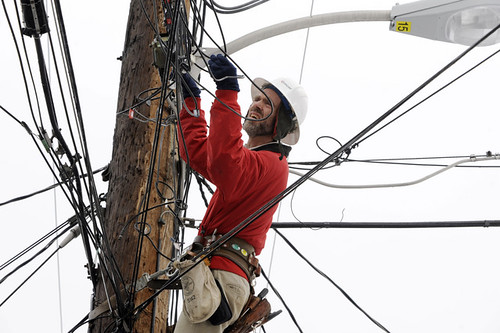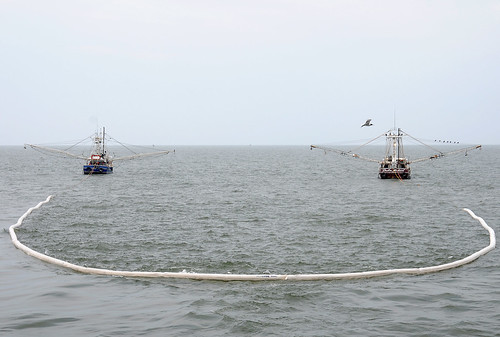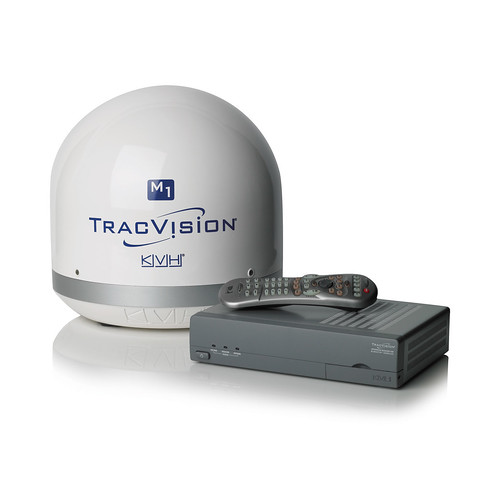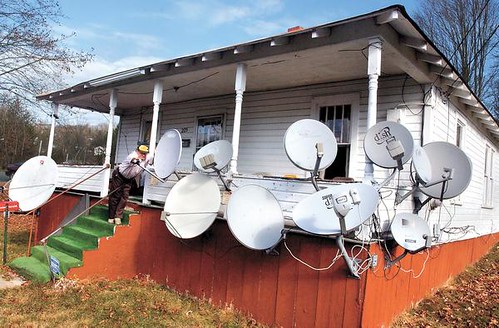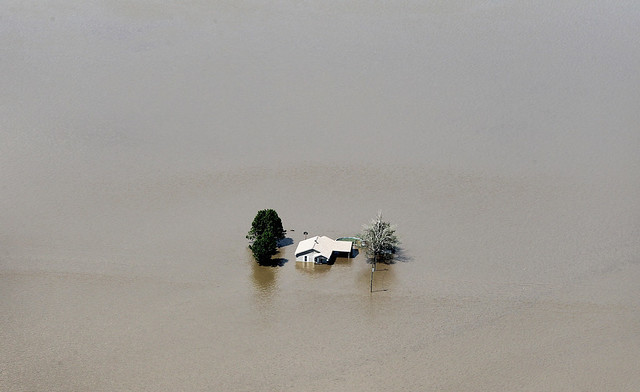
As a satellite TV customer, there are times when the weather messes with your reception. The interference from rain/snow between you and the spacecraft with cause an outage and you can’t do anything about (rain fade or attenuation). I get that.
Now let me tell you why I’m pissed off.
I switched to Dish Network from cable in 2004 and we had some outages, but the storms had to be pretty big to knock out the signal (we were looking at 110°/119° West). Then I went back to cable so I could get MSG-HD. The Voom channels start going away to make room for a bunch of useless HD channels. Forget that — I went for the DirecTV bundle with Verizon DSL.
Big mistake. We had an outage every time it rained or snowed. I’d call DirecTV a half-dozen times to complain, hoping to get either a credit or a technician to come out an peak the antenna. No chance, valued customer. Either I sign up for a “maintenance” contract for $60 annually, or pay $50 for the tech to come out. Forget that.
Went back to Dish Network and I haven’t had a problem since (now looking at 61.5° West). Ever since I cancelled DirecTV, I’d had 3 or 4 “retention specialists” call and probably a half-dozen “come back” letters. Where were you during my moment-of-truth? Forget that, too.
Who cares about rain fade credits? Maybe trial attorneys should read up on it, in light of the current flooding around Old Man River. Prompted by the Alabama Attorney General’s office, cable and satellite TV providers are offering replacement equipment and suspending billing because of the flooding, caused by storms. The satcom statements, via WSFA-TV…
DISH Network provided the following statement about its response: “Taking care of our customers who have been impacted by any disaster, including tornadoes, is our top priority. DISH Network has a disaster policy in place and works with affected customers on a case-by-case basis to determine the best solution. We normally provide several no-cost options for victims to suspend their satellite service, including a pause of service, with no equipment fees.”
Ellen Filipiak, Sr. Vice President for Customer Service at DIRECTV, stated, “We join all service providers in Alabama in a sincere expression of sympathy for the people of Alabama who lost loved ones and homes in the terrible storms that hit the state last month. We are working with both our customers and employees in Alabama to help them rebuild as well as reconnect their TV services. And to ease the burden and worry for our customers who were affected by the disaster, we have suspended accounts for those who were without power, offered free service calls and have waived equipment replacement costs and all other fees. More broadly we are also providing support to all victims of the storm through the Red Cross and Habitat for Humanity.” Consumers may contact DirecTV by calling 1-800-531-5000.
Think about that. Will other storms that cause widespread outages in a particular area also become subject to crediting customers for service interruptions? Makes sense to me.




